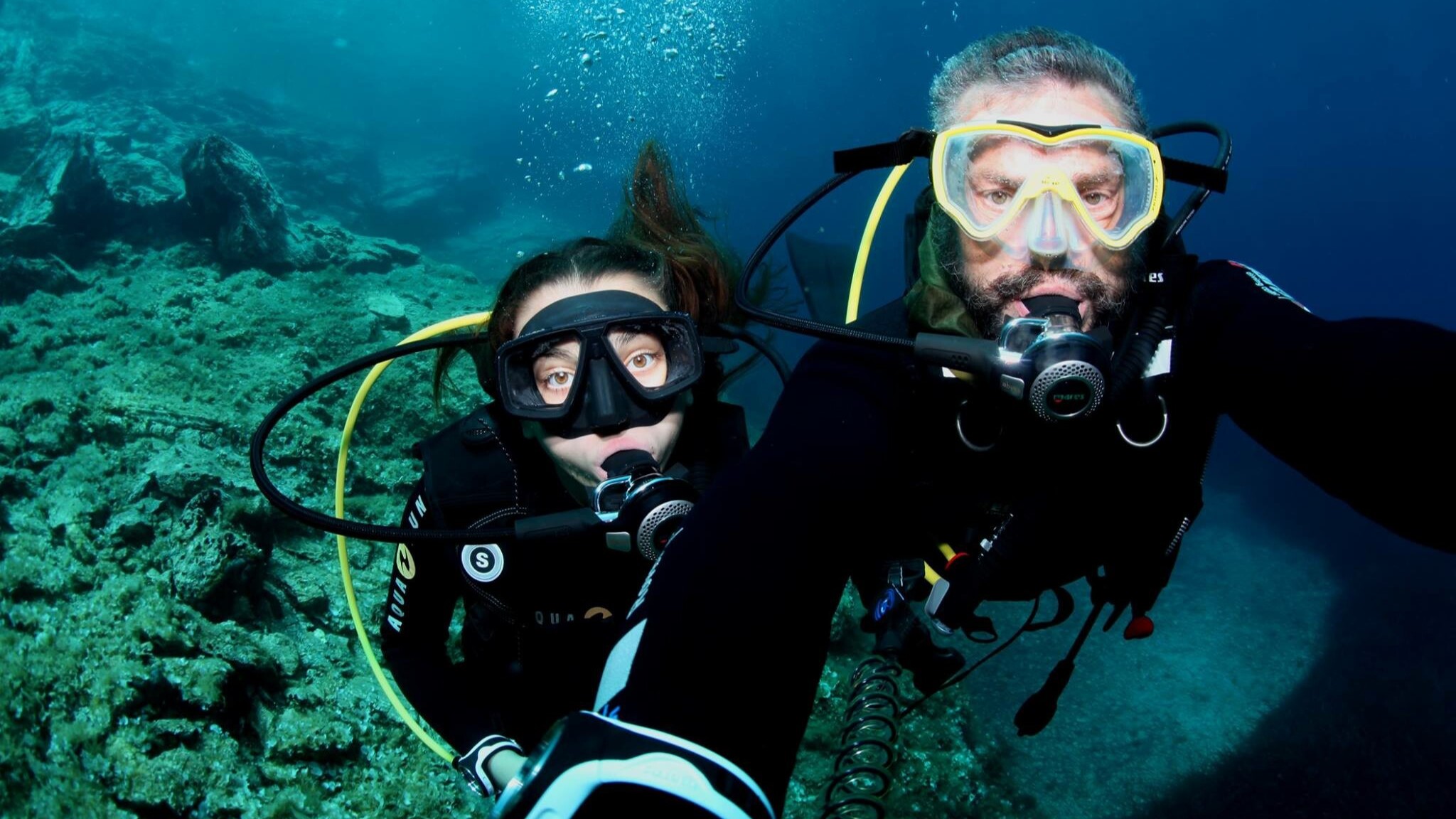By Giorgos Psomiadis
Since 1986, when he did his first dive, Kostas Thoctarides has explored more than 500 wrecks at the bottom of the ocean. From helicopters that crashed in tragic accidents to navy ships and submarines, Thoctarides has seen them all and after all these years, he still gets emotional every time he approaches a new wreck.
In the past, he used to dive with scuba tanks and he could reach up to 212 meters in depth, but with diving technology continuously evolving, he now uses robots called ROV that can go up to 863 meters. He also enjoys diving with his daughter Agapi-Oceanis, who discovered the fascinating underwater universe at the age of 5.
“It is a very beautiful feeling to dive with her, but also a great responsibility,” Thoctarides tells The Greek Herald about his daughter.
“She always has a lot of my attention but at the end of the dives I feel very satisfied and I admire her for the fact that she has chosen to do something so difficult. She is also the first female ROV pilot in Greece and she is very good at it.”

The special story of the Perseus submarine:
At the age of 17, Thoctarides was lucky enough to meet the manager of the Navy History Museum of Piraeus in Athens, Greece.
Thoctarides was walking in the corridors of the museum, killing his time before a trip to the island of Crete, when the manager approached him and narrated to him the story of the famous missile destroyer ship “Elli.” He left the museum with a book containing the story of a submarine named “Katsonis” and during the big, overnight trip to Crete, he read every page of it.
“I was astonished to read that the submarine sinked,” Thoctarides says.
Today, he has over 7000 books related to shipwrecks and maritime history and he has written six books about wrecks.
Thoctarides was an expert on the “Express Samina” – the ship that sunk near Paros island, leading to the deaths of 81 people. He did 111 dives there to examine the wreck.
Another story brought to light by Thoctarides is that of the submarine “Perseus.” It was December 1941 when 60 people lost their lives because of a mine. One sailor with the name Capes, survived. He managed to keep his body warm with a bottle of rum and he swam until he found land. The people of Kefalonia island helped him and did not hand him over to the Germans.
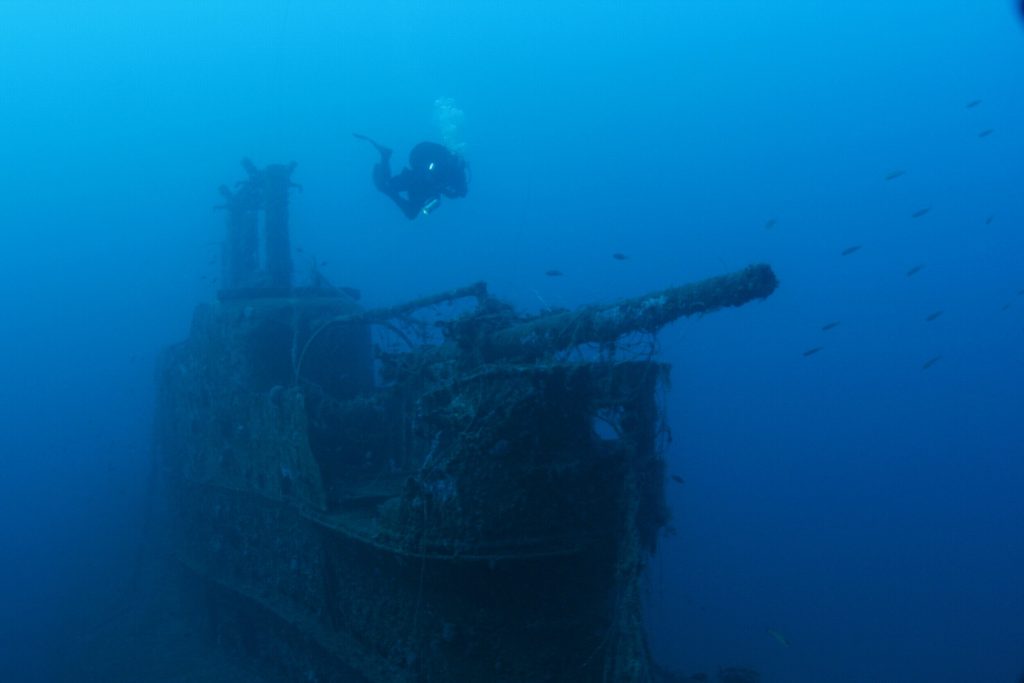
Discovering the underwater museum of Karpathos:
One of the most recent missions of Thoctarides is about the natural underwater museum of Karpathos.
“It is the first official record of the modern wrecks of Karpathos which is a natural underwater museum, filled with impressive geological outcrops on a fascinating seabed,” he says.
“The underwater world of Karpathos is special and full of surprises as in the past, during World War II, the place was a passage of warships and submarines.
“Some of the sunken ships are of special shipbuilding. They were built before the war and survived World War II to occupy, years later, the bottom of Karpathos.”
The rare African Marquis
The “African Marquis” is another wreck that he recently discovered. An extremely rare “Canadian Liberty” ship which has been lying at the bottom of the Aegean Sea since 1958 when it sank near the rocky island of Plati, in the southwestern Dodecanese.
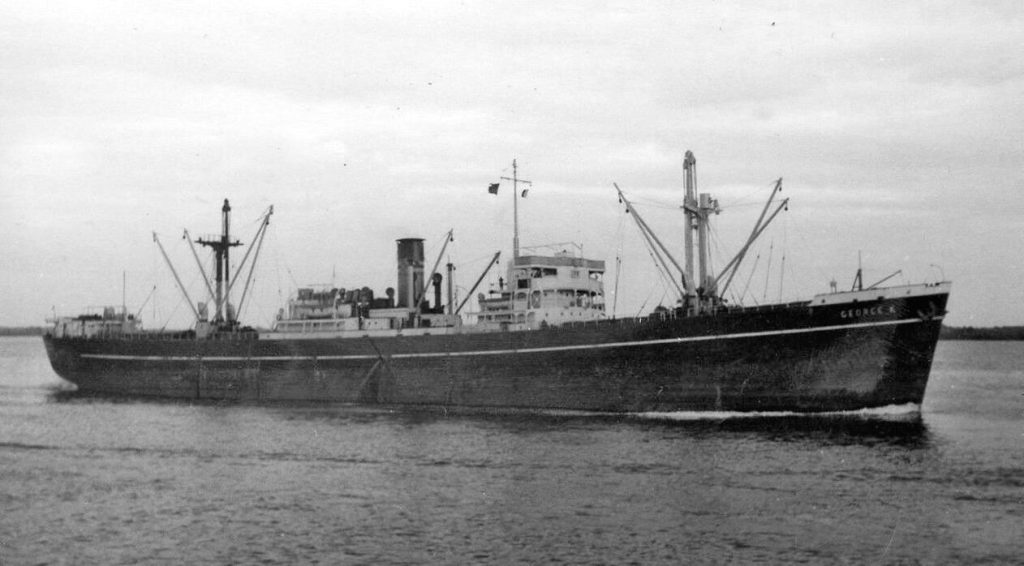
This is a particularly significant wreck as none of the other 356 ships of this type built in Canada during the war exist today.
“The liberties, Canadian or American, decided the outcome of the battle for the supply of Great Britain by sea. The African Marquis is the only one that sank in Greek territory. Similarly, to FORT GLENORA, it participated in the war in 54 convoys,” he says.
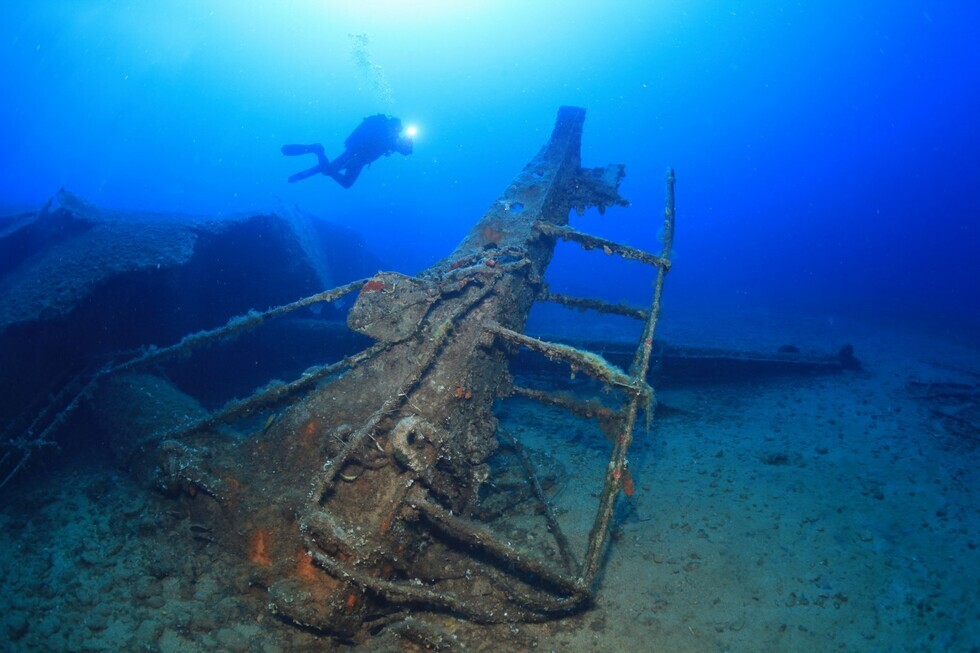
“On February 25, 1958, it sank in the islet of Plati while transporting ore from Morphou, Cyprus to Hamburg. Together with the wreck of the American-built Liberty Pitheus, located in Rhodes, they are two rare wrecks.
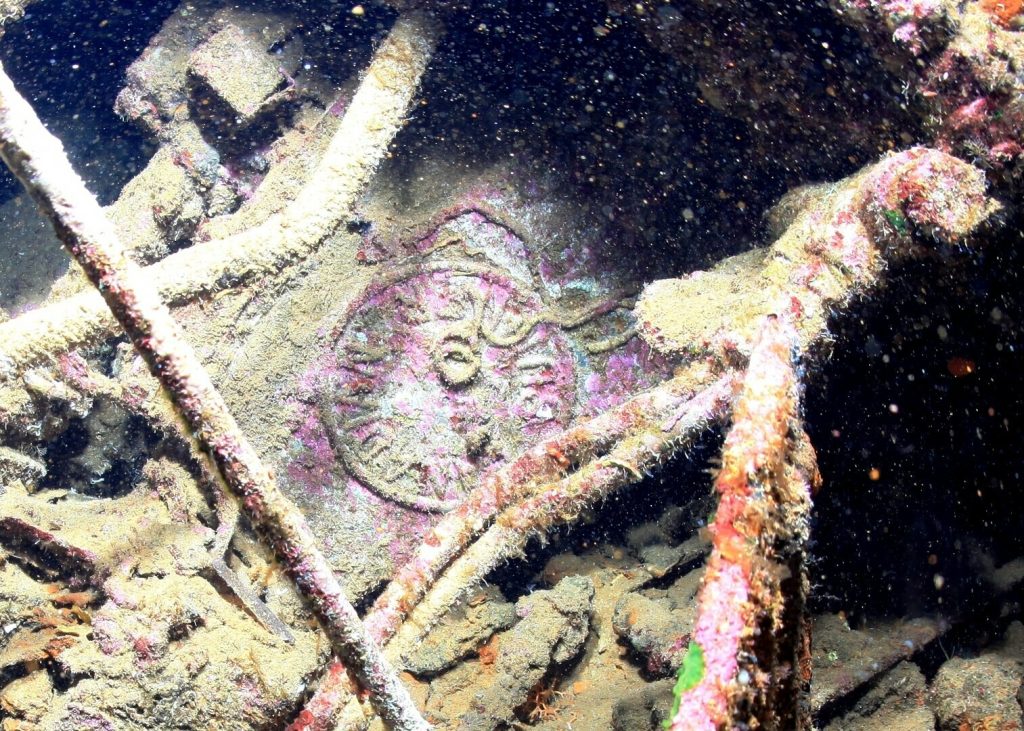
“A ship that emerged unscathed from the maelstrom of World War II, despite the 54 convoys it participated in, came and dropped anchor forever in the waters of the Aegean.”
Diving Tourism in Greece
And what about diving tourism in Greece? Many countries around the world create artificial underwater museums, while Greece has rich history at the bottom of its seas.
“The development in diving tourism is slow. I can’t say that Greece is a well-known diving destination, it has quality characteristics that have not been highlighted in a professional way. In this field we still need a lot of time,” Thoctarides explains.
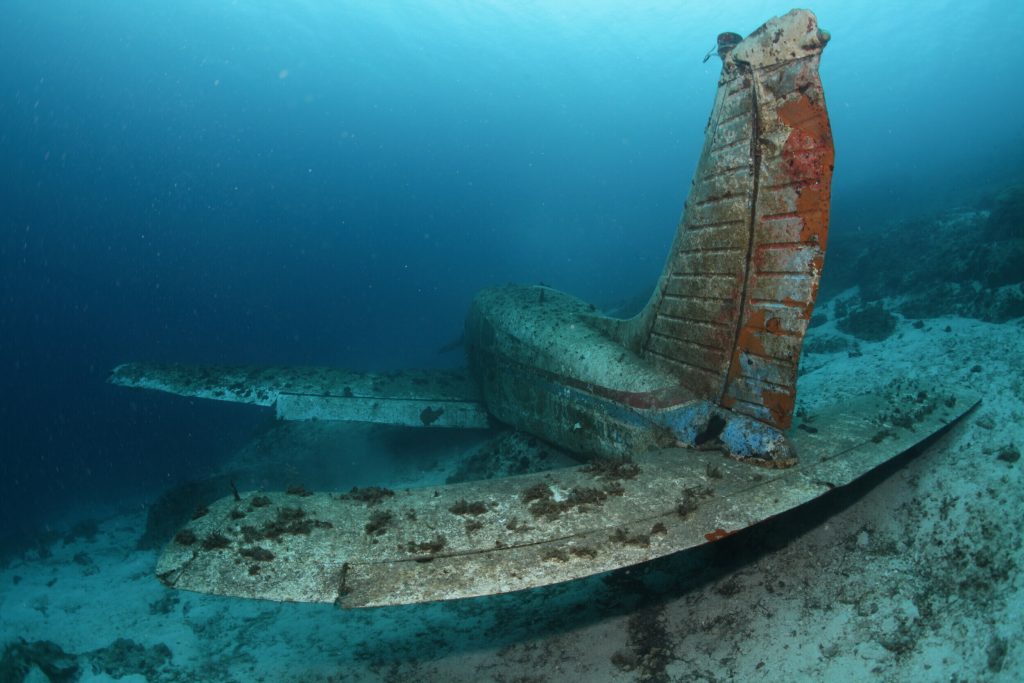
For this year, he and his team are preparing a series of very important deep-sea expeditions.
“We will use exclusively robotic ROV machines and because they are at long distance from our headquarters, we are trying to find partners to reduce the costs, mainly the fuel of the vessel. The future of underwater research lies in the high technology that we have focused on in recent years,” he concludes.
More info: https://www.rovservices.gr/

